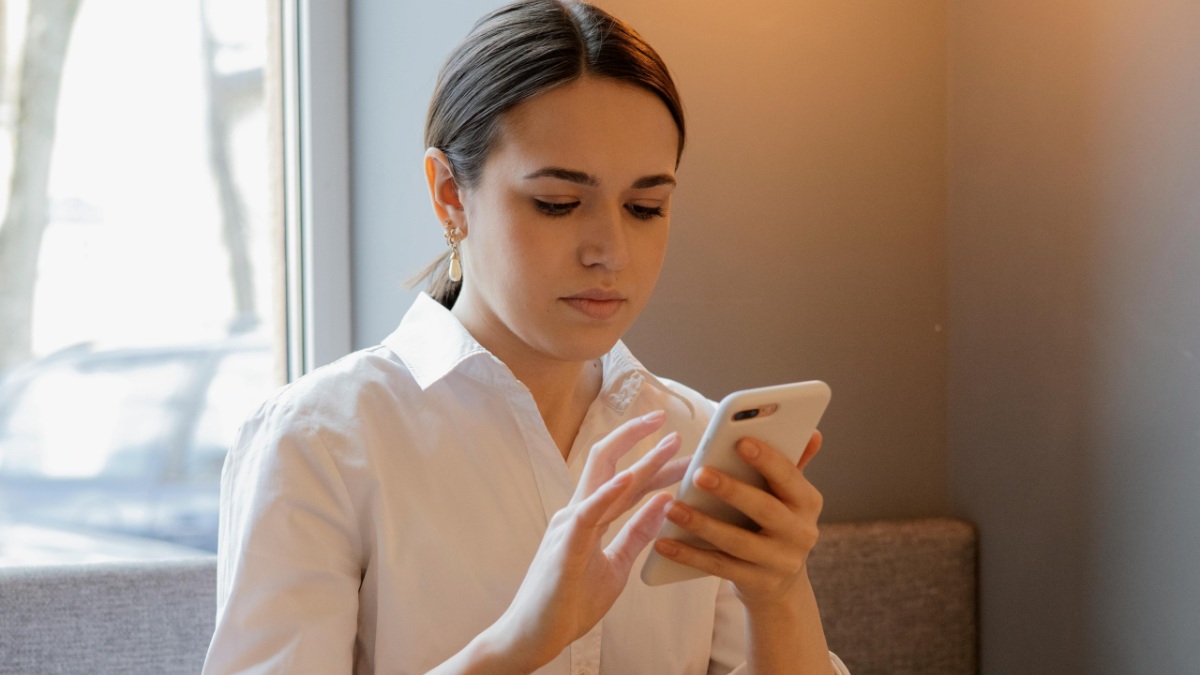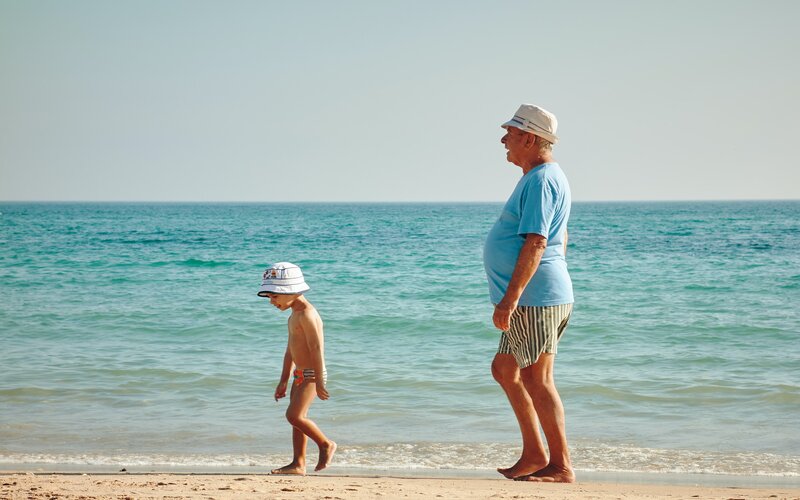Parents of school-age children will be well aware the cost of sending kids back to school every year is not cheap.
A report from earlier in the week from Futurity Investment Group found it can cost up to $300,000 to send a child to a private, independent school for 13 years, with fluctuations throughout the states.
It should also be noted Futurity's business is providing education loans.
The index found the national average cost of a government education for a single child will set parents back $92,710.
This includes everything from tuition, books, stationery, uniforms, camps, transport, and electronic devices.
Government assistance
Some states and territories offer back-to-school assistance but the programs vary widely and some are means-tested.
The Northern Territory government’s is arguably the most generous.
It is offering $200 of educational goods and services for every child enrolled in a government or non-government school, pre-school or home school, designed to cover uniforms, textbooks, stationery, and school activities.
The New South Wales government has scrapped the state’s back-to-school $150 voucher program that operated in 2023.
However, it has kept its Active and Creative Kids vouchers although will limit the offer to families receiving a Family Tax Benefit from next month.
This is in line with sports and activities voucher programs offered in most Australian states and territories.
Other government subsidies are state-specific and can cover general school resources, transport, living way from home allowances for boarding school students, and funding for extra-curricular school activities.
Where else to turn
Charities and social welfare groups are noting the strain back-to-school costs are placing on families already struggling with raised mortgage rates and rental costs.
Some have little option but to take on extra debt to cover the outlay.
The National Australia Bank is the only Australian bank to offer no interest loans for educational expenses, and expects to provide more than $640,000 in no interest loans in February.
It also says the number of people turning to its loans to cover uniforms, book, stationery, and technology has jumped by 73% since 2018. The figure has also doubled since the pandemic.
Since 2018, NAB has provided almost 23,000 Australians with $28 million in no interest loans for school expenses with demand peaking each February.
Data from its partner charity Good Shepherd found 85% of all no interest loans were issued in the eastern states of New South Wales, Victoria, and Queensland.
Other budgeting tips
As most families are aware, second-hand uniforms and other school equipment can cut costs considerably.
Many schools offer an on-site second-hand uniform service while school social media groups can be a good source of cheap uniforms and many other resources.
It is also worth reusing stationery and equipment from the previous year, particularly staples such as school bags, hats, pencil cases, and writing implements.
Schools themselves may also be able to assist families with accessing second-hand school supplies, musical instruments, sporting equipment, and assistance programs.
Photo by Matt Ragland on Unsplash



 Denise Raward
Denise Raward


 Alex Brewster
Alex Brewster
 Emma Duffy
Emma Duffy

